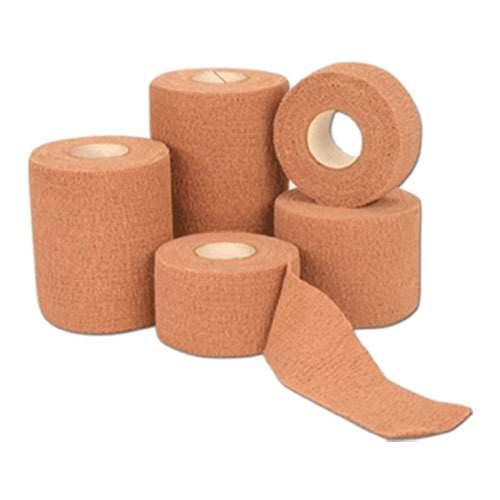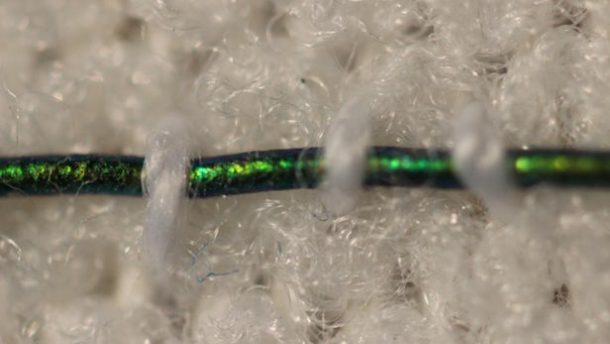There are many cases when the wound needs to be wrapped in a compression bandage in order to stimulate blood flow as in the case of venous leg ulcers. It is extremely important to keep the amount of pressure at the correct level. New colour-changing bandage fibres have been designed to make sure the right amount of pressure is applied.
Assistant professor Mathias Kolle is leading the team from MIT that made these colour-changing bandage fibres. These pressure-sensing stretchable photonic fibres have been woven into traditional compression bandages. Every fibre is around 10 times the diameter of human hair. It is made by rolling ultrathin layers of transparent rubber around an elastic core filament.

When ambient light shines down into the structure and is reflected back by each interface between layers, it reflects a different colour depending on the thickness of the layer at that particular time. This phenomenon occurs due to something known as optical interference.
A colour chart that comes with the colour-changing bandage fibres is consulted to see if the bandage is too loose, too tight or just right. This can be checked while applying the bandage and later on as well to see if it needs to be readjusted.
A group of students tested the technology by applying three different types of bandages to one another’s legs. A plain bandage, a bandage with photonic fibres, and a bandage with printed rectangles stretching into squares when the pressure was correct were used and it was found that the colour-changing bandage was the easiest to apply with the optimal pressure.

The researchers are now working on scaling up the production system, which is presently complex and results in fibres that are only several inches long. “Currently, the fibres are costly, mostly because of the labour that goes into making them,” says Kolle. “The materials themselves are not worth much. If we could reel out kilometres of these fibres with relatively little work, then they would be dirt cheap.”
The applications for the technology would be stretching beyond these bandages and they could very well find their way into athletic wear that changes colour to indicate muscle strain or strain gauges that could be applied to machinery.


